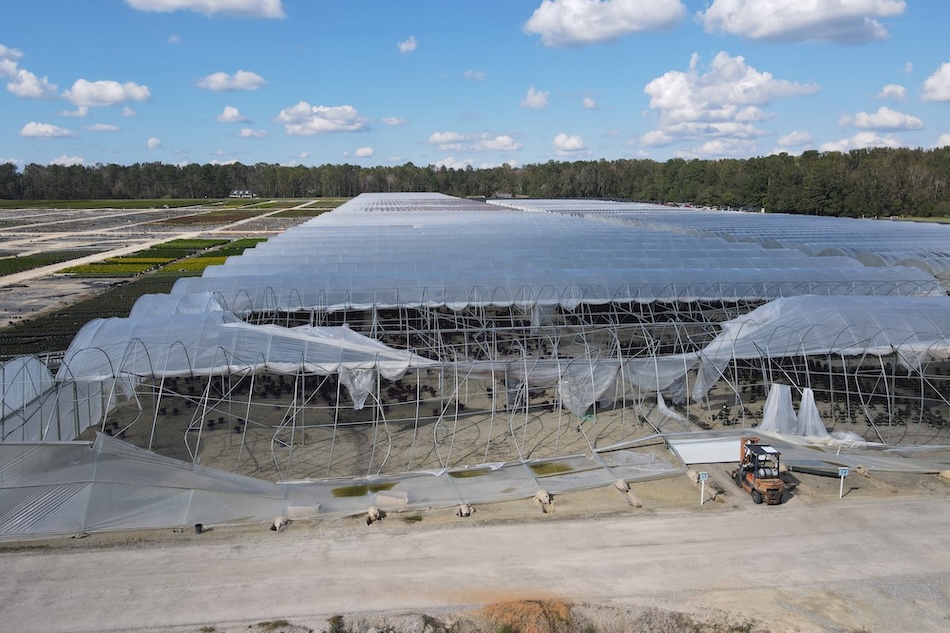Farming is a volatile business, one with both enthusiastic highs matched with devastating falls. Since the 1930s, U.S. farm policy, which is periodically rewritten, has ensured this vital business remains viable in the U.S. and that Americans have an affordable, healthy, reliable food supply, one that can weather the unpredictable nature of this global business.
Prices for major Georgia crops like corn, cotton, soybeans and wheat are at historical highs right now, painting an optimistic picture for agricultural producers this year. Rarely are prices this high across the board. The U.S. Department of Agriculture Economic Research Service projects that growers’ net cash income will reach a record $99 billion in 2011, up 7.6 percent from last year and up 44 percent over 2009.
As we enter this farming season, agricultural producers are poised to have a good economic year, but it is also a year to enter with guarded optimism. In the last year alone, fuel and fertilizer costs have risen more than 20 percent.
In 2008, we also saw high prices for many crops. But the bull run of grain and soybeans prices that year was tamed by an increase in chemical, fertilizer, fuel and seed prices, which squeezed much of the profit margin from the high commodity prices.
Debate is beginning on a new farm bill that will set official U.S. farm policy starting after the 2012 crop year. There is already talk of reducing farm payments to help meet federal budget cuts.
We’ve been here before. When the 1996 farm policy was being written by Congress, the high commodity prices at that time were thought to be the new norm, but just two years later Congress had to pass emergency farm assistance because crop prices tanked, the bottom had fallen out once again. And it will again.
Crop prices are riding high, but it is hard to say how long that ride will last. And if we let history be our crystal ball, we know that that ride will not last. Historically, when we have high prices for crops like we have now, global production increases, leading to excessive production. And prices fall as fast as they rose.
Farmers have little influence over the prices they receive for their crops or the price they pay to make their crops. They are “price takers,” meaning they generally have to take the price they receive.
Good prices don’t guarantee good harvests. Producers certainly have no control over the weather. Diseases and insects can destroy a crop, gobbling up yields. Too many bumps in the road and the whole farming operation could derail – or disappear.
This is the core reason why U.S. agriculture needs a solid farm safety net, which comes in the form of the U.S. farm bill. Congress has already had several listening sessions across the country, including in Georgia, to gather input for crafting the next farm bill later this year.
The U.S. is in tough economic times. The federal government must rein in spending. But the next farm bill, like those in the past, must contain an adequate, well-patched farm safety net, one that can help U.S. agricultural producers maintain operation between the highs and lows that are the norms of this business.

.jpg)


.jpg)


